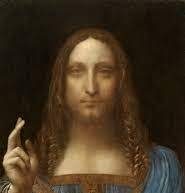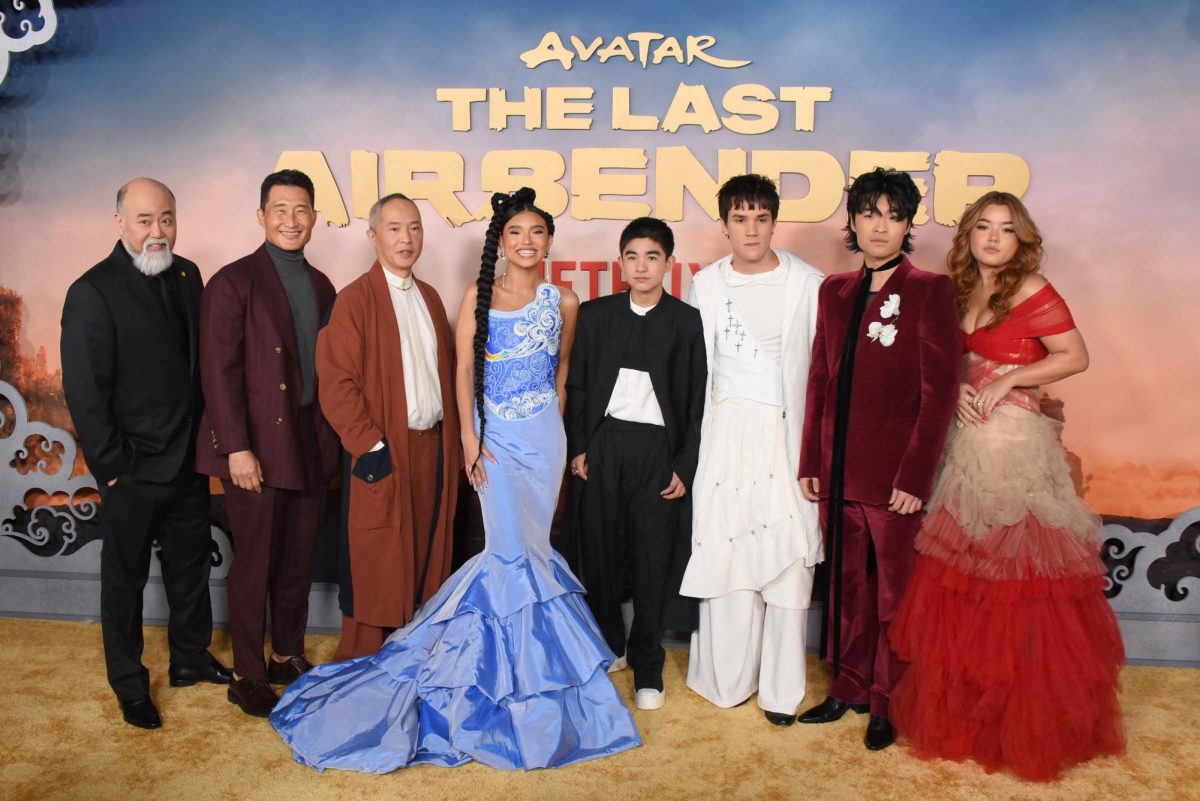The Consequences of Artificial Intelligence Made Art

Many years ago, when I started digital art, my artistic skills were less developed than they are now, leading to challenges in creating appealing artwork. To improve my skills, I dedicated myself to learning through digital art tutorials on YouTube and learning the fundamental art principles. This effort paid off over the years; my art has largely evolved, though it has its imperfections. In my artistic journey, the rise of artificial intelligence in the art world has been disheartening. It’s sad to witness the use of AI art generators, like ‘Midjourney’, by individuals making quick profits or engaging in plagiarism. And its effect on traditional art and artists like myself. While artificial art becomes more challenging to recognize, especially for non-artists, I can imagine that with more advanced technology within artificial intelligence. There may be a time when it can replicate and create genuine, accurate artwork. It’s made me fear advancing an art career in the future, because of the risk that AI art will gain more popularity and attraction than genuine art.
Art is typically a creation made by people that pleases the eye, provokes emotion, and shows a personal touch. But now, with AI creating art using code and data, we have to ask: Is this still art in the old sense, or is it an entirely new type of art?
AI hurting actual human artists may be difficult for some to comprehend. How exactly can a machine steal artwork? The answer lies in neural networks. These networks are computing systems inspired by the biological neural networks in human brains and trained using machine learning, where they learn from large datasets of images. During the training, the neural network learns patterns, styles, and elements of art present in the dataset. It analyzes large amounts of existing art from various artists and styles. When someone uses AI to create art, it blends these styles and elements, often without crediting the original artists. It can make it difficult for traditional artists to stand out, as their art styles may get lost.
“AI art, in reality, is a database that has, frankly, stolen a bunch of art from online, put it into a big database, and then when you write a prompt, it scrambles it all together and creates vaguely what you want,” senior and artist at FHN, Kennedy Prinster said.
The simplicity and speed at which these AI art generators produce artworks differ from the vast time and effort invested by traditional artists. Where an artist might spend countless hours planning, refining, and executing a piece, an AI generator requires only a few seconds to produce a similar result. While technologically impressive, it harms the dedication and skill of the creation of traditional art.
“It’s not threatening it, but it might be undermining it,” Art teacher Courtney Flamm said. “People who appreciate traditional media will still value the skill and talent required, but AI art could fast-track image creation, potentially lessening the clientele for traditional artists.”
AI art’s potential to take away jobs is another obscure consequence of its rise. Those who work in digital art mediums may find themselves targeted since the AI generation is entirely digital. AI generation doesn’t work on paper or different forms of traditional mediums, giving traditional artists the edge as they are unaffected by AI-generated art. The rise of AI has led to uncertainty particularly among digital artists about their jobs, since many roles in the art industry are digitally based. Additionally, corporations and employers will benefit from not having to pay artists for their artwork as most AI generation costs little to none.
“It’s stealing work and graphic design, and sometimes even work in movie companies …It’s stealing work in so many fields. It’s just taking jobs. It’s not helpful and laws must be put in place to prevent this art from being credited as truly art, ” Prinster said.
Many artists debate whether AI art should be credited as art. There are also copyright concerns regarding the usage of AI art. Currently, in the United States, laws have been implemented that state AI art cannot be copyrighted. Many artists are now debating whether AI art should be credited.
“It’s complex. It might depend on the extent to which the AI borrows from existing art,” FHN art teacher Ashley Jameson said.
Currently, many artists are fighting for the protection of their artwork against the datasets that AI trains from. While victorious now, as AI artwork continues to rise in popularity, this may change. A countless number of young artists are worried that there will not be any valid opportunities to work in the art industry, mainly digital artists who feel incapable of competing with the increasing skills of AI generators. AI generators and artwork have the potential to benefit artists in some capacity; however, their effect on genuine artists has done more harm than good.
Young artists must remember the value of human creativity. While AI may replicate patterns and styles, it lacks the emotions and experiences that only human artists can put into their artwork. The future of art will be shaped by the voices and skills of young artists who are willing to advocate for their place alongside or against AI, ensuring that their art continues to tell the stories and emotions that no AI generator can fully capture.
“Human emotion, human impact, spending time on something, and having a result in the end that you’re proud of,” Prinster said. “Even if it’s a small doodle or a big piece of art, what matters is that a human made it.”
When it comes to AI art and real artwork made by humans, it can be difficult to tell the difference. However, there are a few signs that can make it easier to distinguish between the two.
- Swirl-like patterns are often seen in AI-created art instead of brush strokes or other markings commonly seen in human-made pieces.
- Artists put in much more detail in their pieces than AI generators do. Like the pictures on the left, you can see the one on the left has much more detail in clothing and hair than the right one does which was AI-generated.
- AI processes artwork in unsystematic ways, or other words, completely randomly. It does not have a set method like artists do when it comes to making artwork.
- Unlike hand-made artwork, AI artwork lacks details and is generally low resolution. It can sometimes be seen as grainy, or not as sharp as a real image because of these factors.
- Realistic and complex scenes are very hard for AI to make. Since AI is not human, it does not have the feelings and emotions most artists put into their artwork when it comes to complexity. It can only pull images from what it finds online.
- AI art has trouble creating humans, especially hands and fingers. This is because hands and fingers are small compared to the rest of the body, but need absolute precision to look human-like. They have lots of joints and are very complex, so there is no specific pattern for AI to use to replicate hands; therefore, it causes them to look odd in AI-created work.
Your donation will support the student journalists of Francis Howell North High School. Your contribution will allow us to purchase equipment and cover our annual website hosting costs.
Francis Howell North High School
2549 Hackmann Rd
St. Charles, MO 63303





